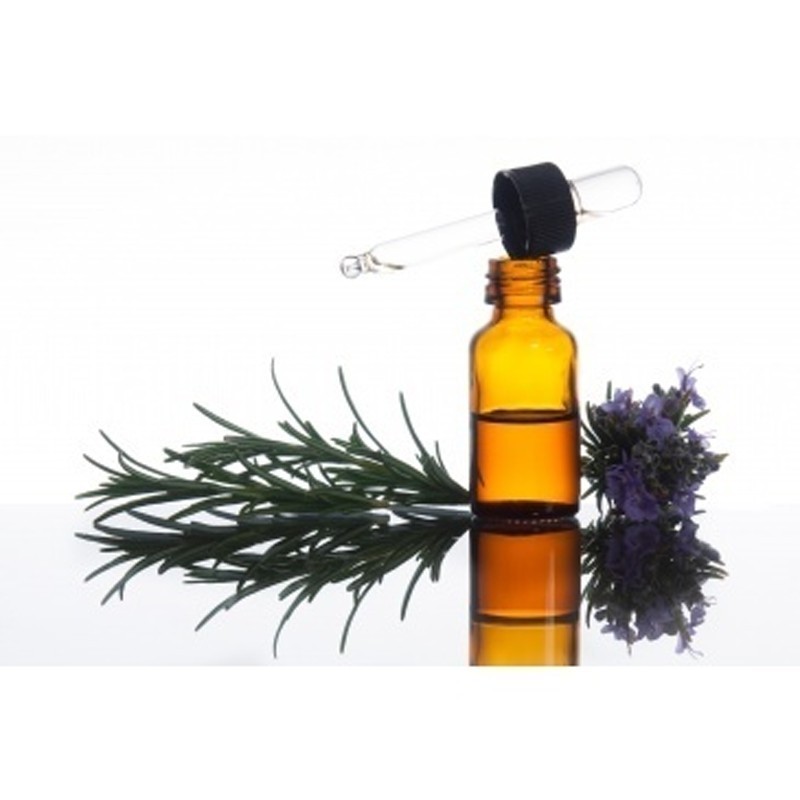
Price :
৳770
Estimated Shipping Time: 3 DAYS
Product SKU: SJQ8450EWg
| Brand | Vikas Aromatics |
| Usage/Application | Industrial |
| Packaging Size | 30 Kg |
| Shelf Life | 2 years |
| Country of Origin | Made in India |
| Physical State | Liquid |
Also Available in Packaging Size:-
Vikas Aromatics has made a well-recognized name as a Manufacturer and Wholesaler Trader of Natural Isolates, Essential Oil and more.
We Deal in Best Quality of Liquid L Limonene.
We are Dealing in Liquid L Limonene Since Past 10 Years.
We Provide Liquid L Limonene in Multiple Packing Sizes.
We are Major Stockist of Liquid L Limonene.
Limonene is a colorless liquid aliphatic hydrocarbon classified as a cyclic monoterpene, and is the major component in the oil of citrus fruit peels.[1] The d-isomer, occurring more commonly in nature as the fragrance of oranges, is a flavoring agent in food manufacturing.[1][2] It is also used in chemical synthesis as a precursor to carvone and as a renewables-based solvent in cleaning products.[1] The less common l-isomer has a piny, turpentine-like odor, and is found in the edible parts of such plants as caraway, dill, and bergamot orange plants.
Limonene takes its name from Italian limone ("lemon").[4] Limonene is a chiral molecule, and biological sources produce one enantiomer: the principal industrial source, citrus fruit, contains d-limonene ((+)-limonene), which is the (R)-enantiomer.[1] Racemic limonene is known as dipentene.[5] d-Limonene is obtained commercially from citrus fruits through two primary methods: centrifugal separation or steam distillation.
Limonene is a relatively stable monoterpene and can be distilled without decomposition, although at elevated temperatures it cracks to form isoprene.[6] It oxidizes easily in moist air to produce carveol, carvone, and limonene oxide.[1][7] With sulfur, it undergoes dehydrogenation to p-cymene.[8]
Limonene occurs commonly as the d- or (R)-enantiomer, but racemizes to dipentene at 300 °C. When warmed with mineral acid, limonene isomerizes to the conjugated diene α-terpinene (which can also easily be converted to p-cymene). Evidence for this isomerization includes the formation of Diels–Alder adducts between α-terpinene adducts and maleic anhydride.
It is possible to effect reaction at one of the double bonds selectively. Anhydrous hydrogen chloride reacts preferentially at the disubstituted alkene, whereas epoxidation with mCPBA occurs at the trisubstituted alkene.
In another synthetic method Markovnikov addition of trifluoroacetic acid followed by hydrolysis of the acetate gives terpineol.
No Review Found.
| Quantity | Discount |
|---|---|
| 10+ | 1% Off |
Login To Comment